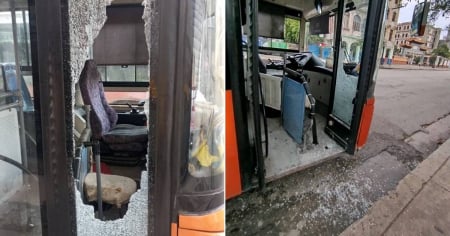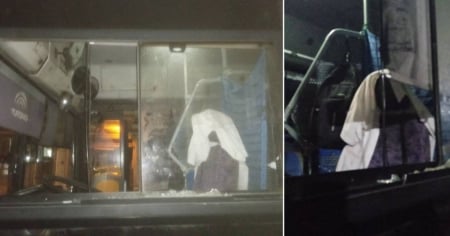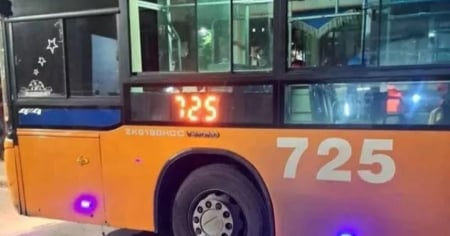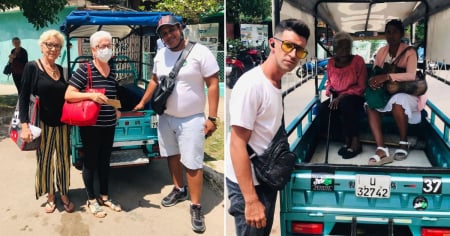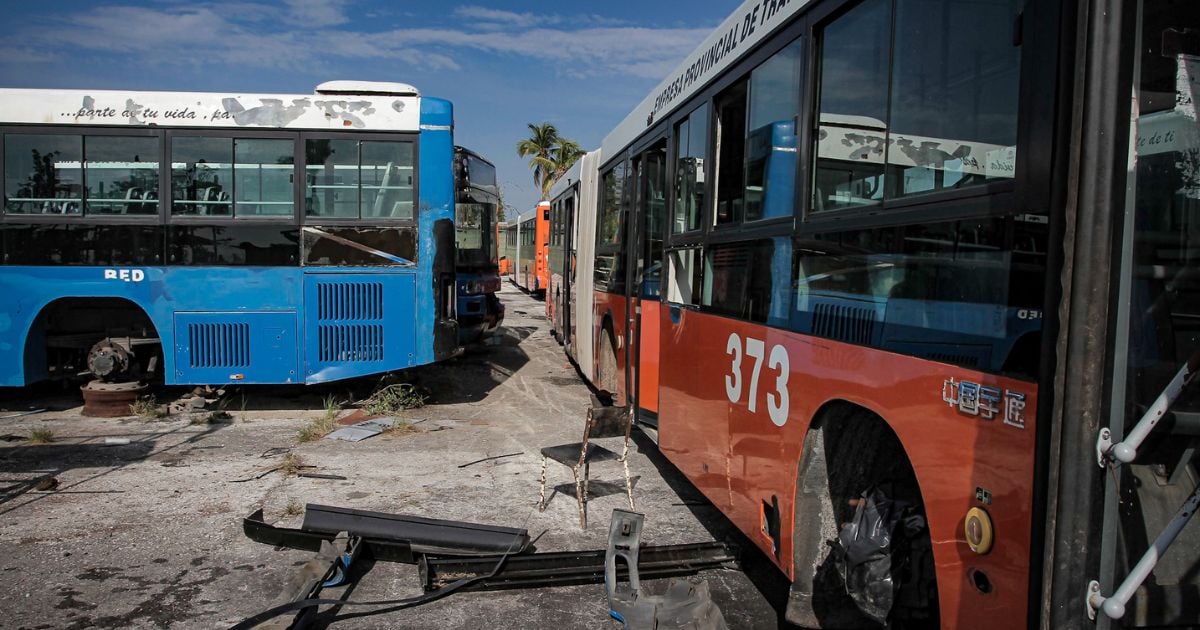
Related videos:
The Cuban regime is implementing a project to restore 100 public transport buses in Havana, utilizing refurbished parts and a donation from the Chinese government.
The buses, which have been idled for a long time at terminals in the capital, are being repaired at the CAISA workshops in Guanajay, as reported on Facebook by the Minister of Transportation, Eduardo Rodríguez Dávila, during a tour to check on the progress of the process.

From the total, the recovery of 60 rigid buses and 40 articulated buses is anticipated, with repairs ranging from bodywork and painting to the mechanics of various systems.
Among the "necessary" solutions, the minister mentioned the creation of more durable seats, one of the components that deteriorate the most due to continuous use.
To accelerate the work, crystals, electrical components, gearboxes, and engines that still have useful life are being reused, many of which come from other dismantled vehicles, in a process that the minister himself recognized as marked by the "cannibalization" these units have suffered during years of abandonment.
One of the most complex aspects, as he explained, has been precisely the recovery of engines.
In that regard, he explained that there are 100 available engines, and an assessment is being made to determine which can be repaired and which should be taken out of service, in coordination with Motor Centro.
The new spare parts and modules donated by China will arrive in two phases by August, which will allow —according to the minister— for more units to be completed and put into circulation before the end of the year.
This "effort" is also being carried out with the support of the Public Transport Development Fund, which is funded by the sale of vehicles, and aims to alleviate the transportation crisis in Havana, which has been affected by a shortage of foreign currency, fuel, lubricants, and spare parts, as acknowledged by the head of the department.
The official tour also included the UEB Logistics of the Provincial Transport Company of Havana, where the precariousness of daily maintenance was evident: machines that should operate automatically are running manually due to technical failures, while low wages and disorganization exacerbate the challenges faced by the technical staff.
Rodríguez acknowledged that there are "slight advances," but also many challenges, and assured that they will continue to inform about other actions to try to restore public transport in the Cuban capital.
The decline of the public transport system in Cuba has been acknowledged even by the authorities themselves, who have described the situation as a true debacle.
Recently, the government acknowledged the extent of the problem, pointing out the shortage of spare parts, fuel, and vehicles as key factors.
Official figures reveal an alarming situation: only 252 buses were operational in Havana, while 309 remained out of service, highlighting the regime's inability to maintain the country's basic infrastructure.
Similarly, the government confirmed that the Railways of Cuba are at their limit due to the shortage of essential parts. This crisis not only impacts urban and interprovincial mobility but also cargo transport, creating a domino effect on the already fragile national economy.
The Ministry of Transportation has acknowledged that the rail service lacks the necessary resources to ensure the regular operation of its routes, and many locomotives and cars remain inactive due to unresolved technical issues.
This Sunday, as part of a social control campaign in response to the growing deterioration of transportation, the authorities called on the public to report vandalistic acts against public transportation.
A peculiar incident occurred earlier this month when a train became immobilized after running out of fuel, causing chaos in traffic.
This incident, which went viral on social media, highlights the extent to which the system has collapsed, impacting thousands of citizens who rely on public transportation daily to work, study, or access essential services.
Frequently Asked Questions about Chinese Donations and Transport in Cuba
What does the bus recovery project in Havana aim to achieve?
The project aims to recover 100 buses for public transport in Havana, using used parts and a donation from the Chinese government. This effort is part of a strategy to alleviate the transportation crisis in the Cuban capital.
How are Chinese donations contributing to the recovery of transportation in Cuba?
The Chinese donations include spare parts and new modules, which will arrive in two phases by August, allowing for the completion of more transport units and putting them into circulation before the end of the year. These donations are crucial to address the shortage of spare parts on the island.
What challenges does public transportation face in Havana?
Public transport in Havana faces challenges such as a shortage of foreign currency, lack of fuel, lubricants, and spare parts. Additionally, there are daily maintenance issues, low salaries, and disorganization that worsen the difficulties for technical staff.
What is "canibaleo" and how does it affect transportation in Cuba?
"Canibalization" refers to the dismantling of vehicles to use their parts in others. This practice has been common in Cuba due to the lack of spare parts, severely impacting the operability and efficiency of public transport on the island.
Filed under:

